How Handmade Boots are Made

It Starts with American Leather
We think an American boot should be made with American leather. Makes sense, right?
There are a few legendary tanneries left in the USA---the two most notable are Seidel Tanning Co in Milwaukee, and Horween Tanning Co just outside of Chicago.
You can find some other American tanneries that focus on dress leathers, but for work boots, Seidel makes the toughest hide there is. So naturally, that’s what we use for JK Boots.
The three main types of leather to know for your work boots are roughout leather, full grain, and bison.
You’ll notice that JK Boots have a rough “suede” looking lower and a smoother full grain upper. We like roughout leather for work boots because it can take scratches, scrapes, and scuffs without showing much damage.
Our Seidel roughout is oil tanned so it’s naturally water resistant, too.

What is Bison Leather Good For?
We also love to use bison leather for a few key reasons. Bison has a much more open grain pattern, so the leather is a lot more flexible and easy to break in. But just because it’s more flexible doesn’t mean it’s not tough.
Bison is generally between 30-50% thicker than most boot leathers. So a bison boot will have thicker leather (more like 4.5mm of thickness compared to a 3mm steer leather upper---which is still heavy duty).
A lot of bootmakers shy away from making boots with that much leather because it’s tough to break in and can be uncomfortable, but with bison leather, you won’t run into those problems.

Stitch By Stitch
After we cut the leather upper and lining, we stitch the pattern together by hand. That means that every stitch is carefully looked after, and that the finished boot has the kind of durability you need on the jobsite.
We have a full line of wildland fire boots---wildland firefighters work their boots extremely hard. There’s no difference in how we stitch our regular work boots, or even our more light-duty boots for the weekend.
So split and busted seams just aren’t something we ever hear our customers talk about.

Lasted by Hand
Most work boots are filled with foam and cardboard. No wonder they don’t last a full year.
We believe in tradition at JK.
Our founder John Khadzhi, who apprenticed as a leatherworker and bootmaker in Ukraine before immigrating to the USA, learned Old World boot making skills. So each pair of JK Boots is still lasted by hand, old-world style.
Now, that might not mean much to you, but here’s what you get with a hand lasted boot:
A thick 6mm oak-tanned insole acts as the base of the boot. The boot maker then pulls the leather lining and leather upper over a pre-molded shape which both preserves the leather (there’s no machines ruthlessly tugging at the leather) and allows the bootmaker to make small adjustments for the long-term durability of the upper.

The Soul of the Boot
After we’ve hand-lasted the upper, we get to work on the sole.
JK Boots have a leather shank for arch support and stability. A lot of work boots on the market have steel shanks, and while steel shanks are more rigid and can offer a more solid base if you’re climbing (particularly for linemen), we choose leather because it allows the boot to truly form to the shape of your foot.
We expect you to have these boots for the rest of your life. And that means the thick leather insole is going to compress over time and feel like it was perfectly made just for your foot.
A steel shank can’t get you that feeling, but leather can.
We attached the heel base with 30 brass clinch nails and then use what’s called a stitchdown construction to secure the boot from the waist around the toe.
The upper leather is stitched through the insole, midsole, and rubber outsole. So unlike a lot of work boots that are just glued together, a JK Boot has a secure corded thread that punches through every layer of the boot and keeps the entire boot secure.
JK also partners with Vibram, which manufactures some of the best boot outsoles in the USA. So even the parts we can’t make ourselves, we keep it local.
Watch every step of the handmade process in this YouTube video here.

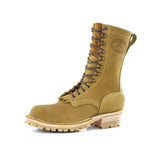

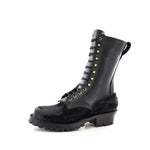
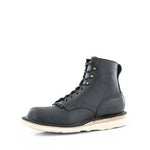
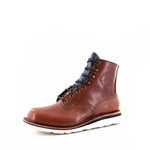
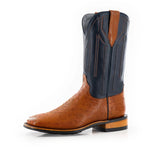
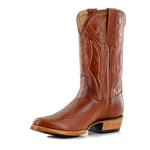
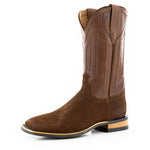
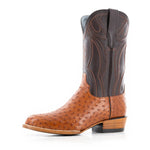


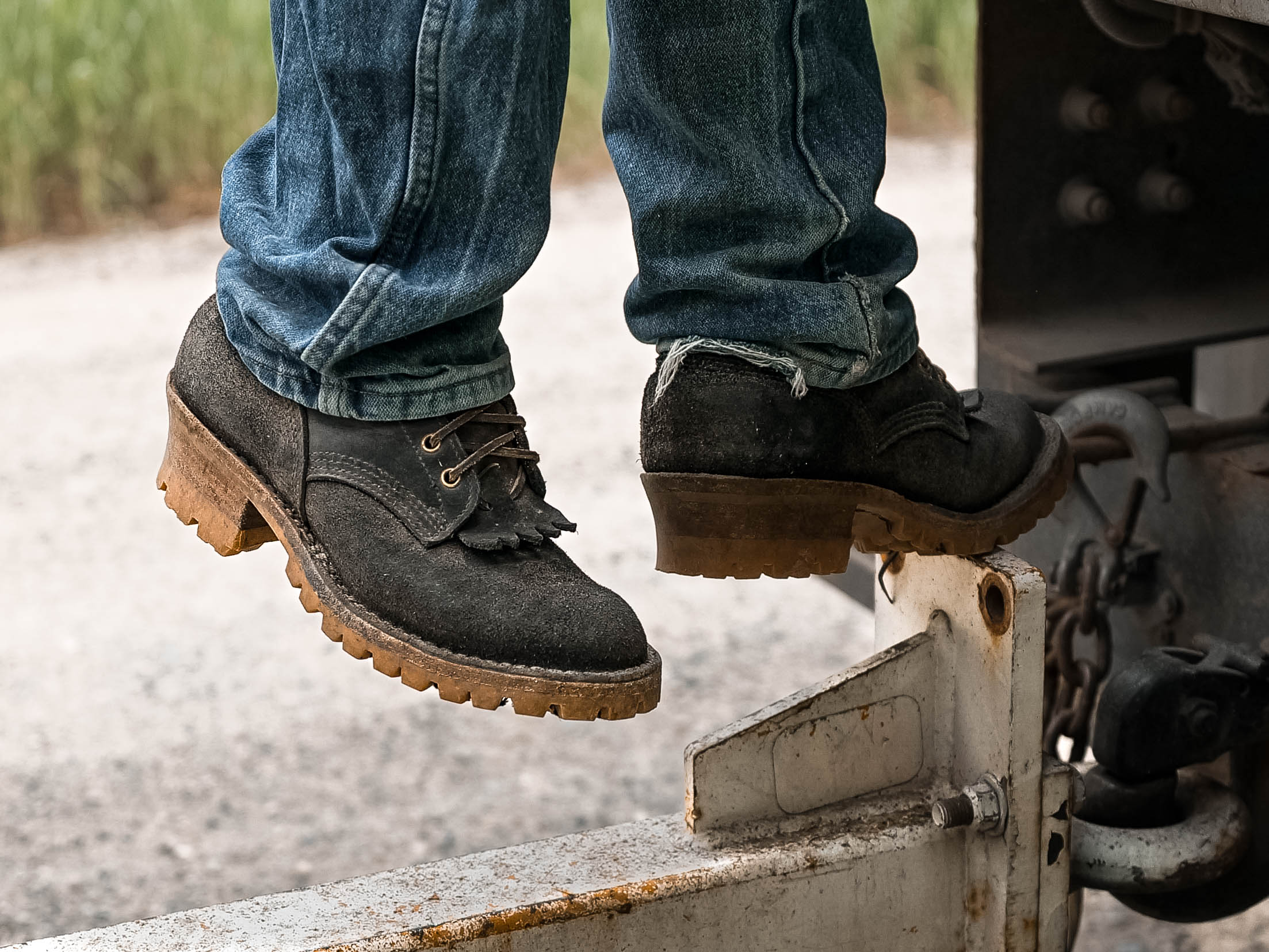
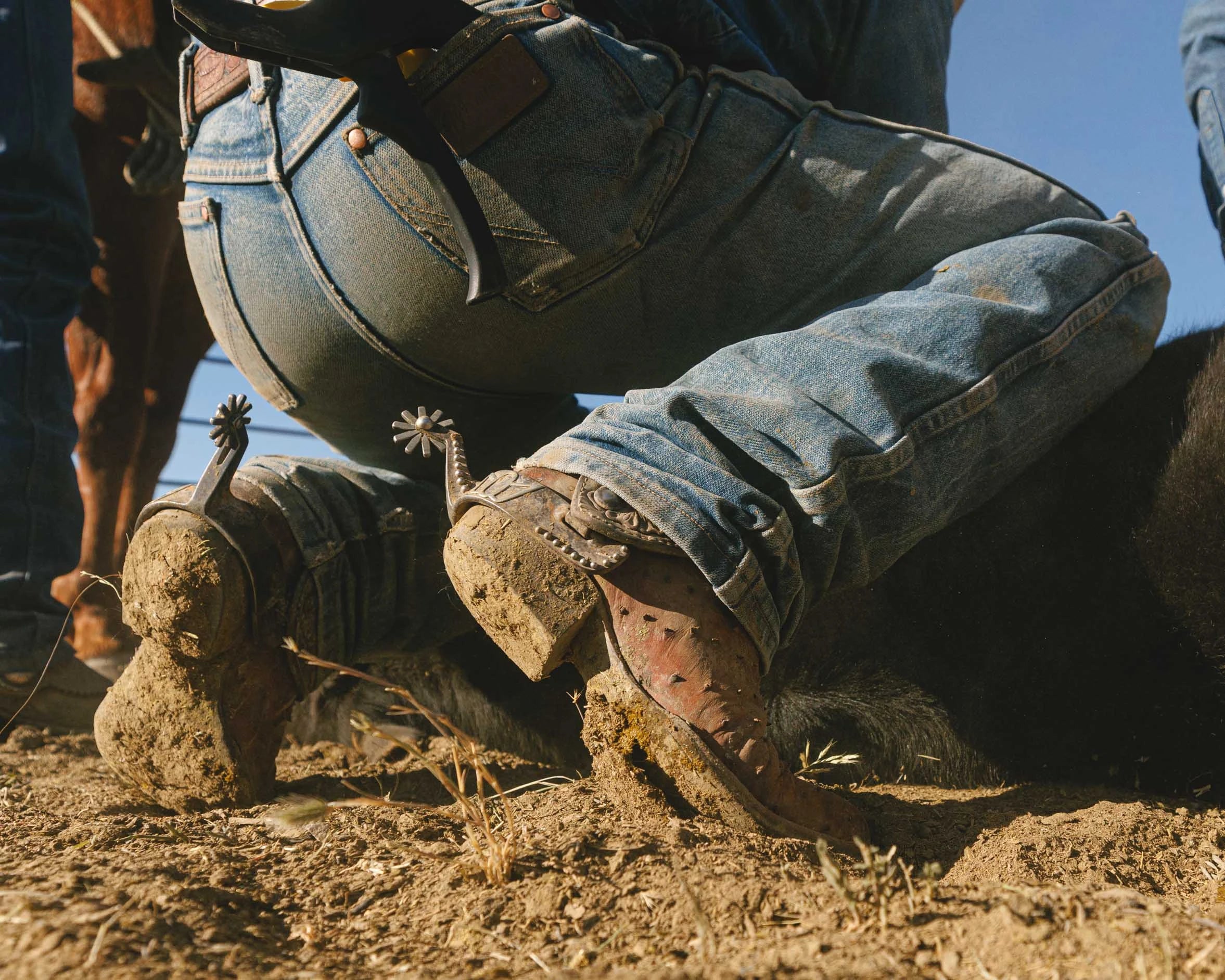
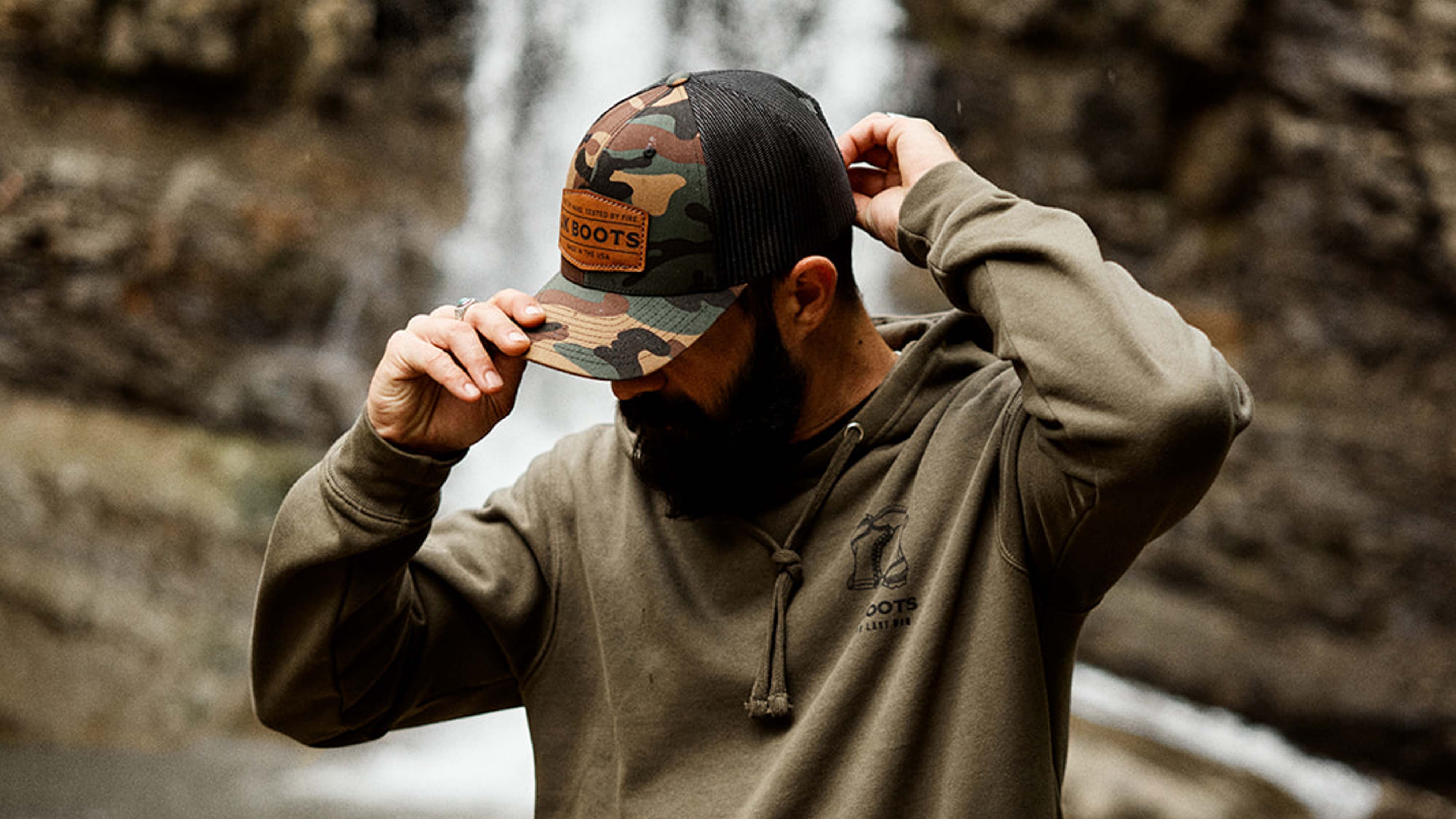
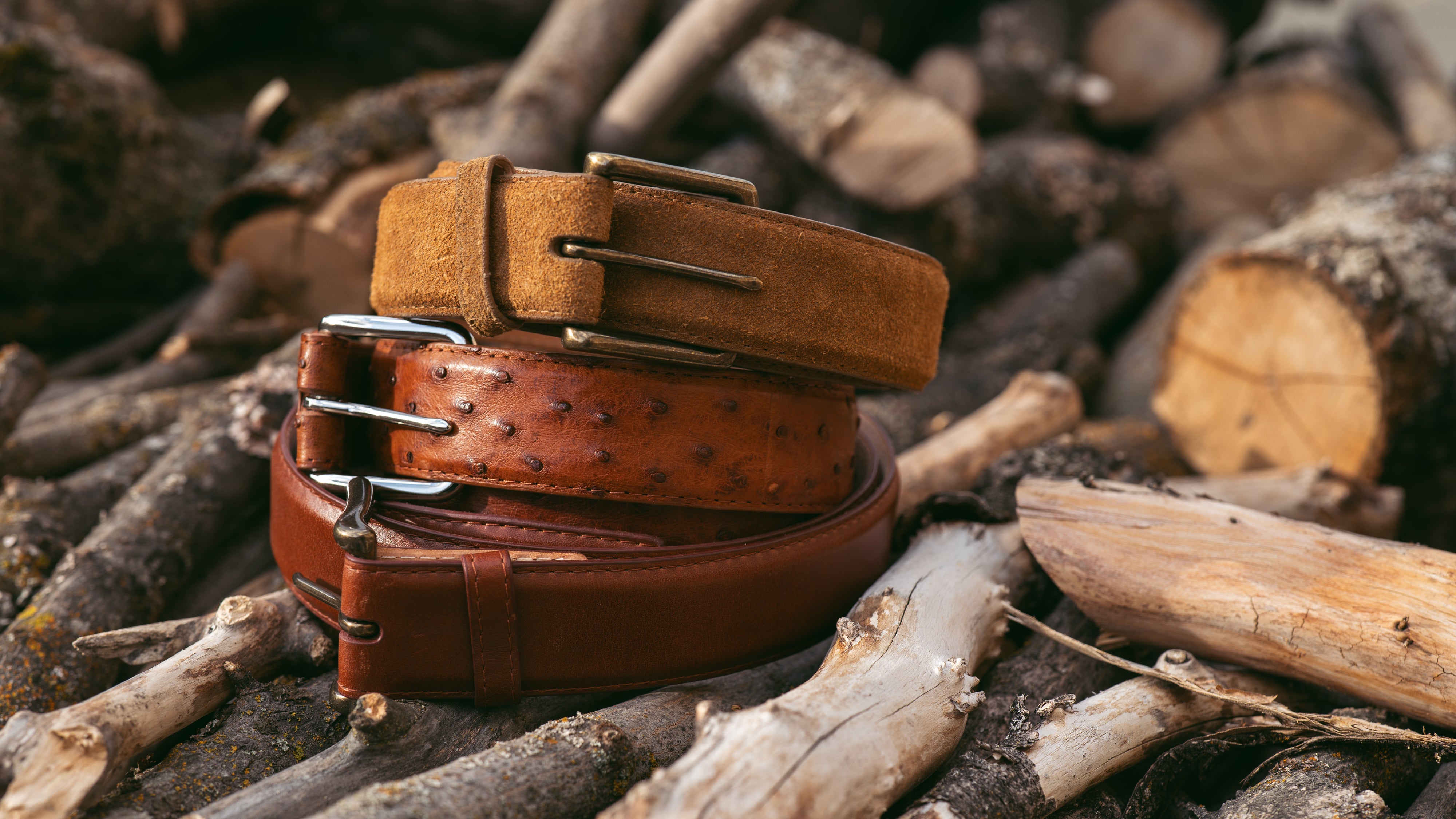
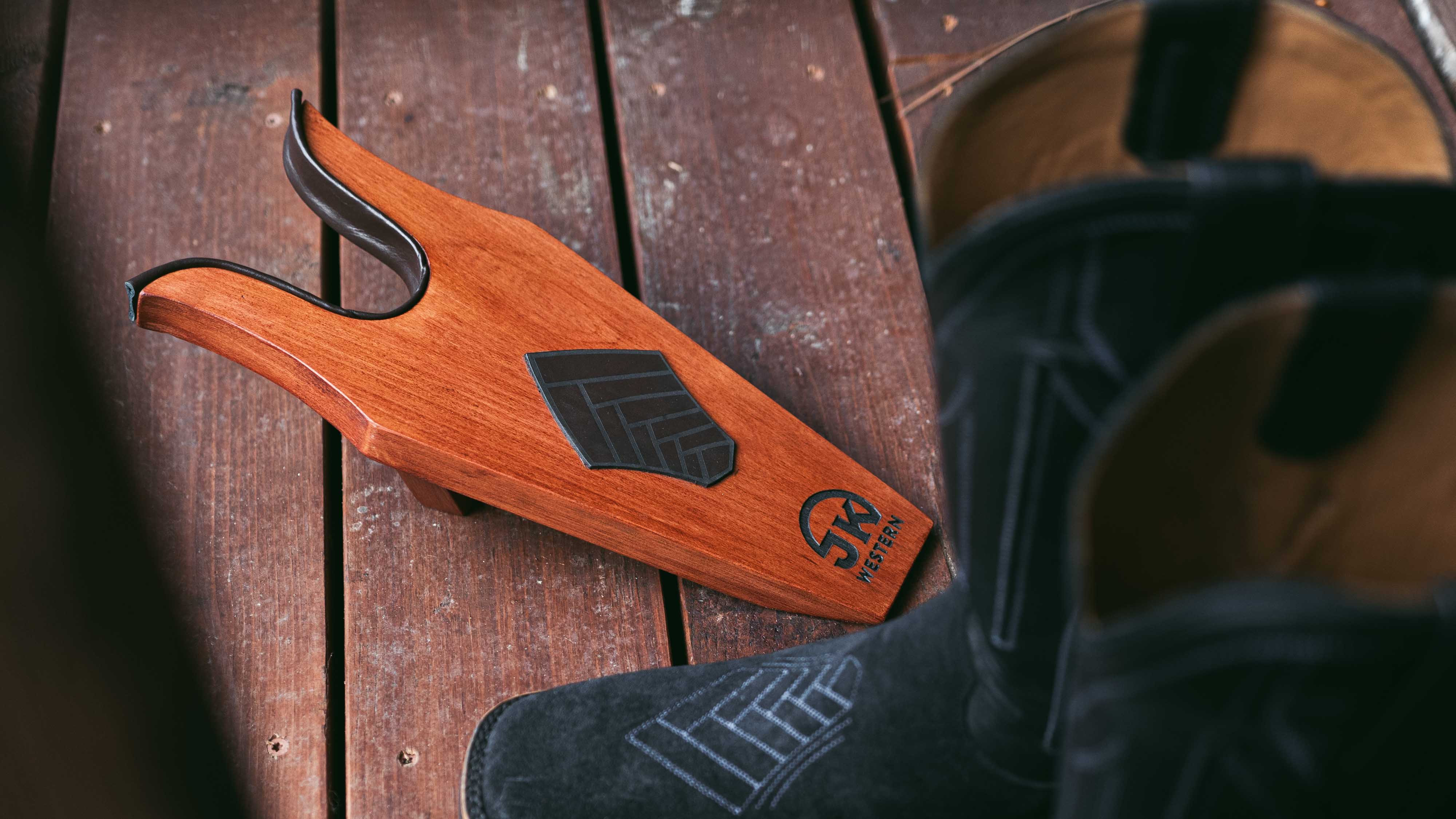
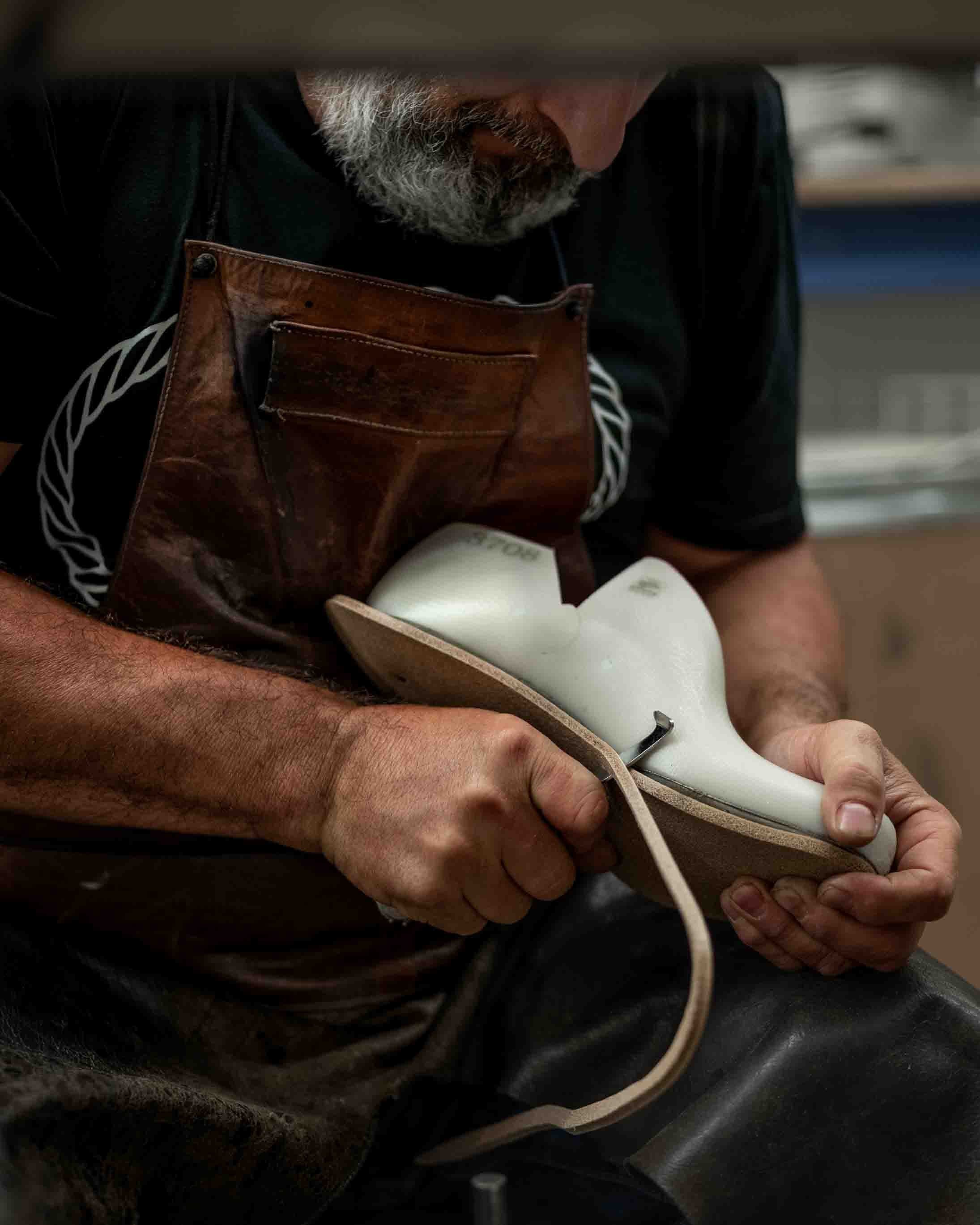
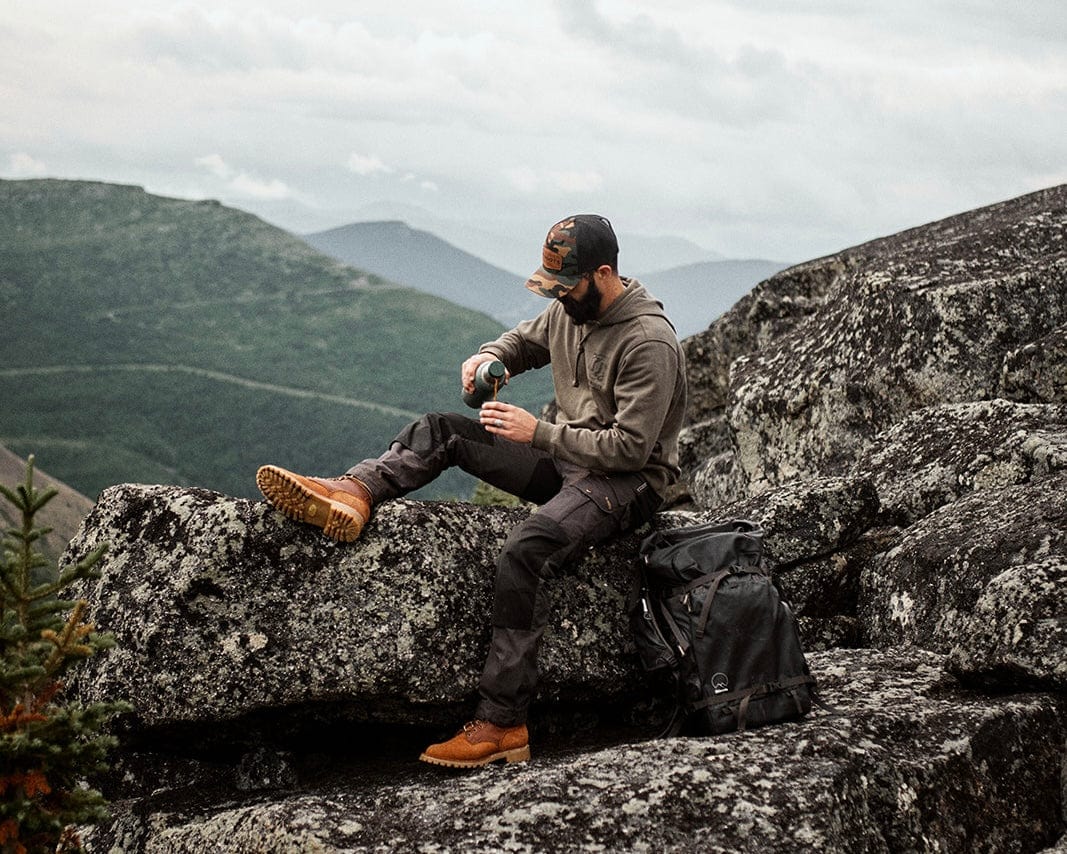
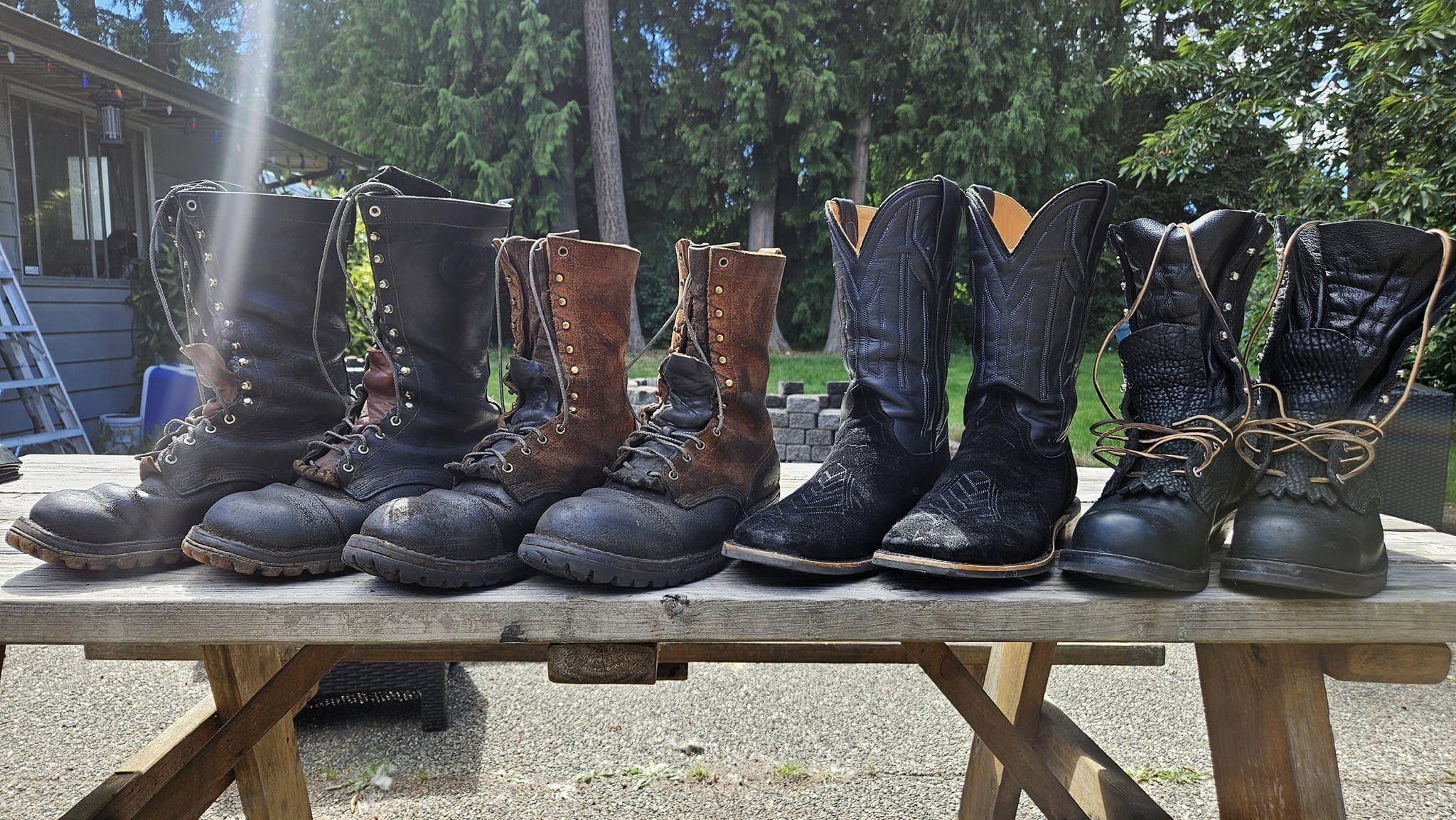
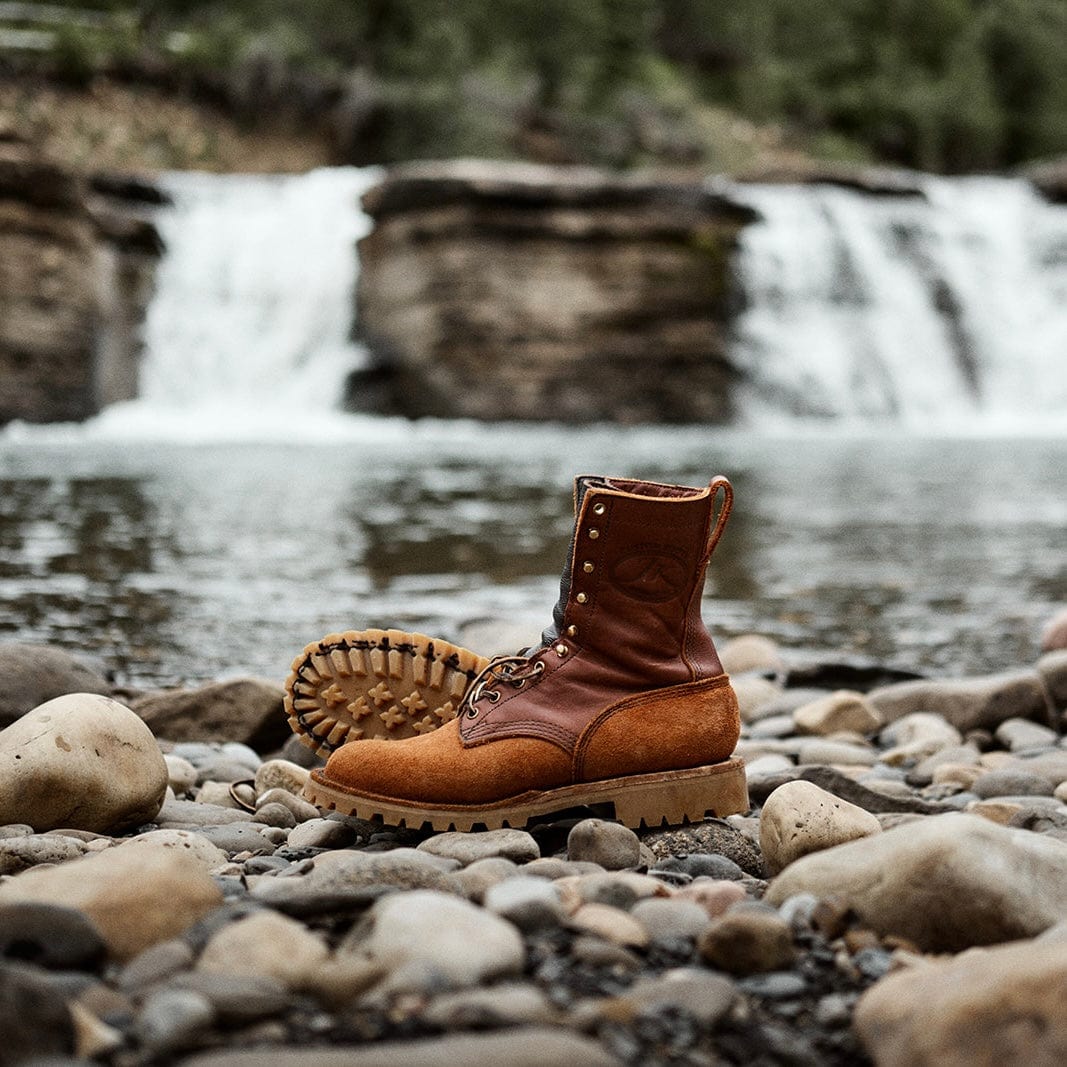
Does rose anvil 2 YouTube talking about jk boots or western boot??.did he said your rankings best made boots in world.
You write so deliciously about the process of making boots that I immediately want to visit your factory. I have a lot of respect for craft and quality! I would like to ask: what kind of leather do you make Forefront – Redwood boots from? By the way, I myself come from Ukraine, Dnepropetrovsk. Thank you for your loyalty to quality and tradition. Today, almost everywhere, it’s all China, hack stuff and cheap mass market. It’s so great that there are still manufacturers who respect both themselves and their customers! I’m going to buy boots for the fall. Best regards, Michael
I also viewed the YouTube video of your bison boot creation. I was so impressed with the attention to detail and the superb workmanship. I have reached out to one of my sons who is in construction regarding having a pair custom made for him. Such a fine boot is an investment like any fine quality tool for any tradesman.
After watching the video on how the boots are made it would be difficult to not buy a pair, especially the bison.
Leave a comment